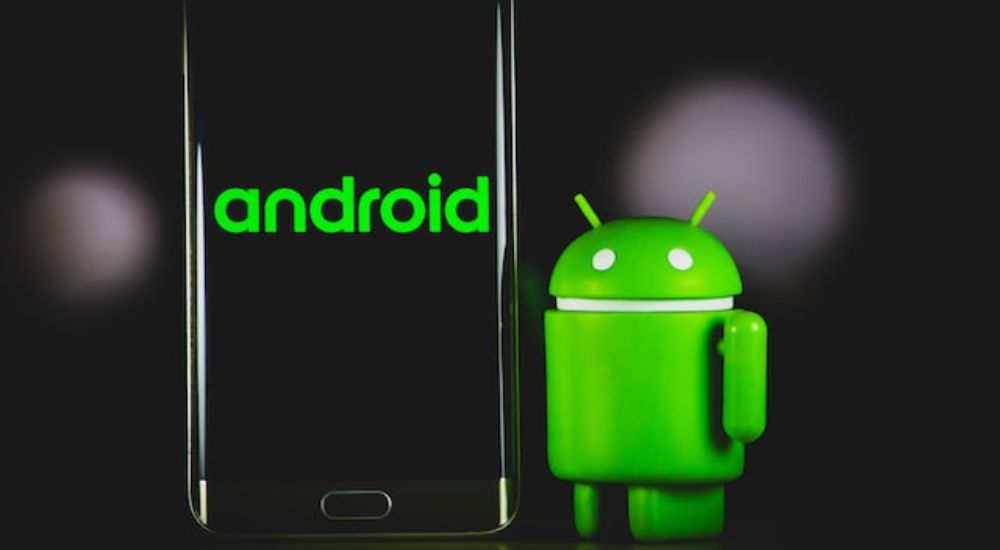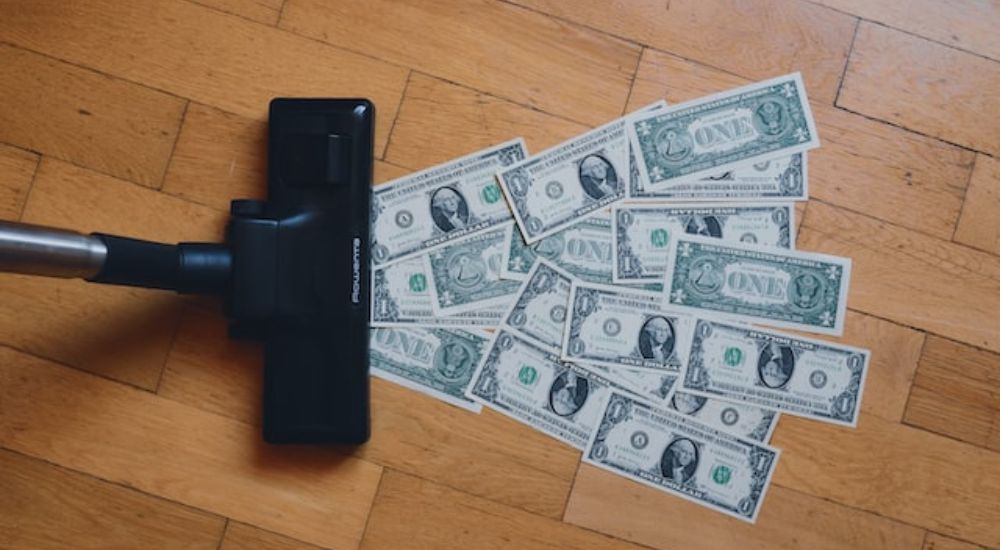First unveiled by Steve Jobs in 2007, the smartphone came into existence. Some might have thought it was a fad, but, seeing how massively adopted smartphones were, critics were quickly proven wrong.
It wasn’t long until game developers started doing some research and tapping into the money-making potential mobile games had, and, within five years, many companies were reaping the rewards with little to no competition.
Tending to a more casual player base, mobile games have found great success all over the world – mostly because mobile titles are accessible and easy to understand, and because almost everyone nowadays has a smartphone. However, this begs the question: are mobile games profitable? If yes, how much so?
In this article, we’ll answer that question right away. In addition, we will list some of the top-grossing games in 2022’s second quarter, explain why mobile games are popular and the most used monetization strategies.
Are mobile games profitable? How much money does a mobile game?
Yes!
They are the most profitable segment within the game development industry – a recent report by Statista shows that mobile games represent 57% of the entire gaming market share. And the lead is expected to only get bigger as we spend more and more time outside and smartphones’ coverage spans the entire globe.
According to the game news site Pocketgamer, more than 60 titles have passed $1 billion in total revenue. Such games include Farm Heroes Saga, a Match 3 game with bright and appealing visuals; AFK Arena, a turn-based RPG with idle game elements; Hearthstone, Blizzard’s take on a digital CCG; Minecraft, the universally acclaimed sandbox game created by Notch; and RAID: Shadow Legends, which found great success in the USA despite being infamous for its presence on YouTube as sponsorships.
No, this post is not sponsored by RAID: Shadow Legends!
Earlier in the year, Apptica collected data from 37 countries and released a report identifying the top-grossing mobile games of Q2 2022. The analysis found that, during this quarter, players were more likely to spend on mid-core games, whose difficulty lies in the happy middle term between hardcore and casual titles, across both Android and iOS game markets.
This report almost surely does not include Chinese games such as Honor of Kings (known as Arena of Valor internationally), one of the top-grossing games in China, which is nowhere to be found in the chart. In any case, here they are:

Top 10 grossing Android mobile games:
1. Candy Crush Saga – $122 million USD
2. Coin Master – $99.2 million
3. Roblox – $68.1 million
4. Evony: The King’s Return – $51.2 million
5. Pokémon GO – $49.6 million
6. Clash of Clans – $49.5 million
7. State of Survival: Zombie War – $48.1 million
8. Call of Duty Mobile – $43 million
9. PUBG Mobile – $42.4 million
10. Candy Crush Soda Saga – $37.3 million

Top 10 grossing iOS mobile games:
1. Rise of Kingdoms – $179.5 million
2. Candy Crush Saga – $85.2 million
3. Clash of Clans – $57.7 million
4. Age of Origins: Tower Defense – $55.7 million
5. Pokémon GO – $55.6 million
6. Genshin Impact – $55.2 million
8. Dislyte – $40.5 million
9. Call of Duty Mobile – $38.7 million
10. Royal Match – $35.4 million
Why are mobile games popular?
The main reason why mobile games are popular is not a surprise: research led by Statista found that there were 6.529 billion smartphone users across the globe (and this figure is forecast to surpass 7 billion by the end of 2024). Of those users, the majority has to leave their home to study, work and/or have fun, which often requires commuting.
Given how small, practical, and useful devices smartphones are in our daily lives, we keep them in our pockets for the better part of the day. In other words, phones are incredibly portable devices, which computers and usual home consoles, like the PlayStation and the Xbox, are not. These features make smartphones perfect for gaming while on the go as you can whip your mobile device out, play for some minutes and then tuck it away once you’re done.
However, that is not all: mobile games as a whole are more social than console and computer games, making it easier to connect with friends, family members and other players who enjoy the same game. Furthermore, they tend to be simpler and much more affordable than their console/computer counterparts while being prone to a more casual playstyle, which most mobile gamers have adopted.
Despite that, the mobile gaming industry is very diverse and thousands of titles are generating great income all around the globe. To get your feet wet, let’s take a look at some of the most popular mobile game genres:
6 most popular mobile game genres, ranked by iOS revenue share:
According to Statista, the top-grossing mobile game genres in the United States in 2021 were as follows:
1. Puzzle (21.18%): many free to play (F2P) puzzle games come bundled with ads and in-app purchases (IAPs) to make puzzles easier, outright skip them or unlock additional puzzles;
2. Casino (18.9%): IAPs allow players to buy more virtual currency to gamble away;
3. Strategy (17.17%): many strategy games use a combination of ads, an energy system (that can be replenished by buying energy to bypass the recharge time), in-game advantages and cosmetics to generate massive revenue;
4. RPG (14.23%): RPGs make extensive use of ads and cosmetics, and some games even resort to a “pay to win” monetization strategy;
5. Simulation (10.4%): while some titles are F2P and run ads to generate revenue, developers usually require them to be bought before people can play them. Prices are generally low, so they feel more attractive to prospective players;
6. Shooter (5.56%): it’s usual for shooter games to have a wide variety of cosmetic IAPs and a battle pass system in the case of a F2P, player versus player (PvP) title.

How to generate revenue with mobile games?
The most obvious way to make money with mobile games is to develop them and put them for sale on either Apple’s App Store or Google’s Play Store. A minority of mobile games use a subscription model, in which a small fee must be paid every month to access the game. Whenever you go for either of these routes, keep in mind to NEVER put ads as players are already paying a price for your game.
That said, if you want to keep your game fully F2P, then your options widen up a lot. You will have to do some research to find what methods will suit your game the best, but most use a combination of ads, IAPs (with temporary/permanent boosts being common products), cosmetic microtransactions (also known as MTX, they are arguably the healthiest way to monetize a game), and starter packs and/or bundles.
When it comes to ads, many F2P games use them as a way to offer a temporary reward to players. In the case of puzzle games, it’s usual for players to watch them in exchange for a hint or a straight skip to the next level. If this is done correctly, both players and developers benefit a lot from this system, but this approach won’t work for every mobile game.
As for IAPs and MTXs, game designers must be very careful with them. It’s a balancing act: avoid making a game feel like a “pay to win” experience, but you can’t give your players peanuts either. For whatever value they spend on your game, the rewards should feel fair and balanced. This doesn’t apply if they are cosmetic changes that don’t affect the gameplay, of course!
Conclusion
As you have seen in this post, mobile games are profitable – and very much so, being the leading platform in terms of market share. Despite being possible to make successful games in many genres, art styles and with many different ways to monetize them, there is no silver bullet when designing a top-grossing mobile title.
To increase the odds of developing a hit game that will bring you thousands – or maybe even millions – of dollars every year, working with qualified professionals who follow the latest gaming trends and deliver top-notch work is a must.
At Main Leaf, we create fantastic games on demand with our team of 70+ talented designers, developers and artists, and we are ready to take on the design and development of your upcoming mobile game!
If you are interested in working with us, make sure to request a game quote right now by heading to the top of this page. We’ll get in touch within 24 hours!

